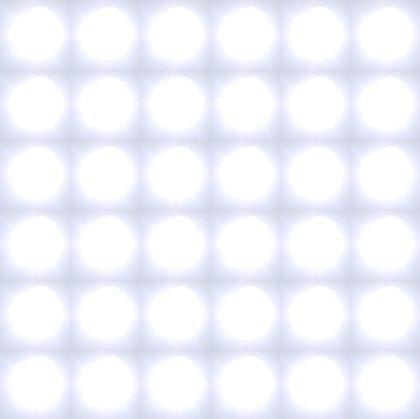Iqra Tanveer
dal 10/1/2014 al 26/2/2014
Segnalato da
10/1/2014
Iqra Tanveer
Grey Noise, Dubai
Light of a Distant Day. The works are based on questions of human perception and our ability to map dualities of the possible and impossible thought-impressions onto the material world.

Light of a Distant Day is based on questions of human perception and the ability to map dualities of the possible and impossible thought-impressions onto the material world.
The works by Iqra Tanveer collected for the exhibition Light of a Distant Day are based on questions of human perception and our ability to map dualities of the possible and impossible thought-impressions onto the material world. Largely through the medium of photography, Tanveer’s works ‘refract’ this abstract starting point through an observation of light as material.
While photographs such as Enlightnment and Now You See It appear to be based on a sculptural enquiry given their rough substance and focus on three-dimensional objects, Tanveer insists that a painterly instinct guides her choices of subject matter and representation. This nuance is significant, for just as painting operates by freezing impressions, spaces and objects into two-dimensional form, Tanveer’s photographs, videos and installations depend on a similar flattening of dimensionality. In order to capture light as subject matter, Tanveer accepts its compromised representation.
The inevitable abstraction of painting as a practice – even Realist painting – is knowingly reiterated across Iqra’s work, in which something as intangible as light must be abstracted, compromised and turned into another form in order to find representation. A photograph such as Instant Distance, for example, even nods towards the work of Mark Rothko in its use of broad lateral planes. This photograph further abstracts its original scene by flipping that scene 180 degrees. Other photographs in the exhibition are further abstracted through Tanveer’s application of a near gaze and close visual frames that abbreviate, decontextualize and, to some extent, universalize her original sources, allowing us to focus on their formal and non-literal features, and to pay vivid attention to how light plays upon them.
Tanveer notes that light itself cannot be ‘seen’. Rather, its presence is discerned by the objects that produce it, by its illumination of physical material, and according to its own contrasts: illumination is only recognized against that which is not illuminated. Physicalizing light by capturing it in photographic images, sculptural installations and film works, Tanveer displays illumination itself. While her works often transform light into another form in order for it to be seen, Tanveer’s photographs, videos and sculptures also depend on light for their own construction. The mechanics of photography, for example, are bound to the mechanics of capturing light. A final dualism at the core of Tanveer’s work therefore becomes the manner in which her respective mediums rely on their own subject matter for existence.
ABOUT THE ARTIST
Iqra Tanveer / b. 1983, Karachi, Pakistan / Lives and works in Lahore, Pakistan
Iqra graduated from the Department of Visual Studies at Karachi University in 2007 and further went ahead to receive a postgraduate diploma in Art Education from the Beaconhouse National University in Lahore during the year 2009. Working with Video, Photo and Kinetic sculptures, Tanveer has participated in several exhibitions across Pakistan, India, UAE and Italy – her latest solo titled “Between Earth and Sky” being held at the Museum of Modern Art in Moscow.
She was the recipient of the Triangle Trust Residency in Dhaka, Bangladesh and participated in The 3rd Moscow International Biennale for Young Art.
Private view on January 11, 2014 / 5:00 pm - 8:00 pm
Grey Noise
Unit 24 Alserkal Avenue, Street 8, Al Quoz 1, Exit 43 SZR, Dubai
Hours:Mon - Thur, Sat / 11 am - 7 pm. Fri & Sun, closed
Admission free



